The Power of Painting: Exploring the Impact of Color and Composition
Ready to dive into the canvas of the mind and explore the magnificent world of painting? Fasten your creativity belts because we’re delving into the power of color and composition and their transformative impact on art.
Painting, one of humanity’s oldest expressive forms, is a beguiling dance of color and composition. These elements are the backbone of an artwork, determining not just its aesthetic appeal, but also evoking emotions, conveying messages, and telling stories.
Color, our first protagonist, wields immense power in painting. It’s not merely a visual component but an emotional catalyst. Colors can create harmony or dissonance, radiate warmth or coolness, project depth, and evoke emotions. The sapphire blues in Van Gogh’s “Starry Night” evoke tranquillity and melancholy, while the fiery oranges in Edvard Munch’s “The Scream” suggest agitation and anxiety.
Next, let’s spotlight composition—the arrangement of elements within a painting. A well-composed painting guides the viewer’s eye, creates balance, and enhances the narrative. From the tumultuous swirls in Van Gogh’s paintings to the symmetric precision in Vermeer’s works, composition is a vital storytelling tool.
While color sets the emotional tone, composition provides the visual map. Together, they build a painting’s visual vocabulary, and much like a symphony conductor, guide the viewer’s journey through the artwork.
Consider the impact of color and composition the next time you gaze upon a painting. They are not just details, but the soulful strokes of the artist’s palette, manifesting a visual symphony that engages our senses, minds, and hearts.
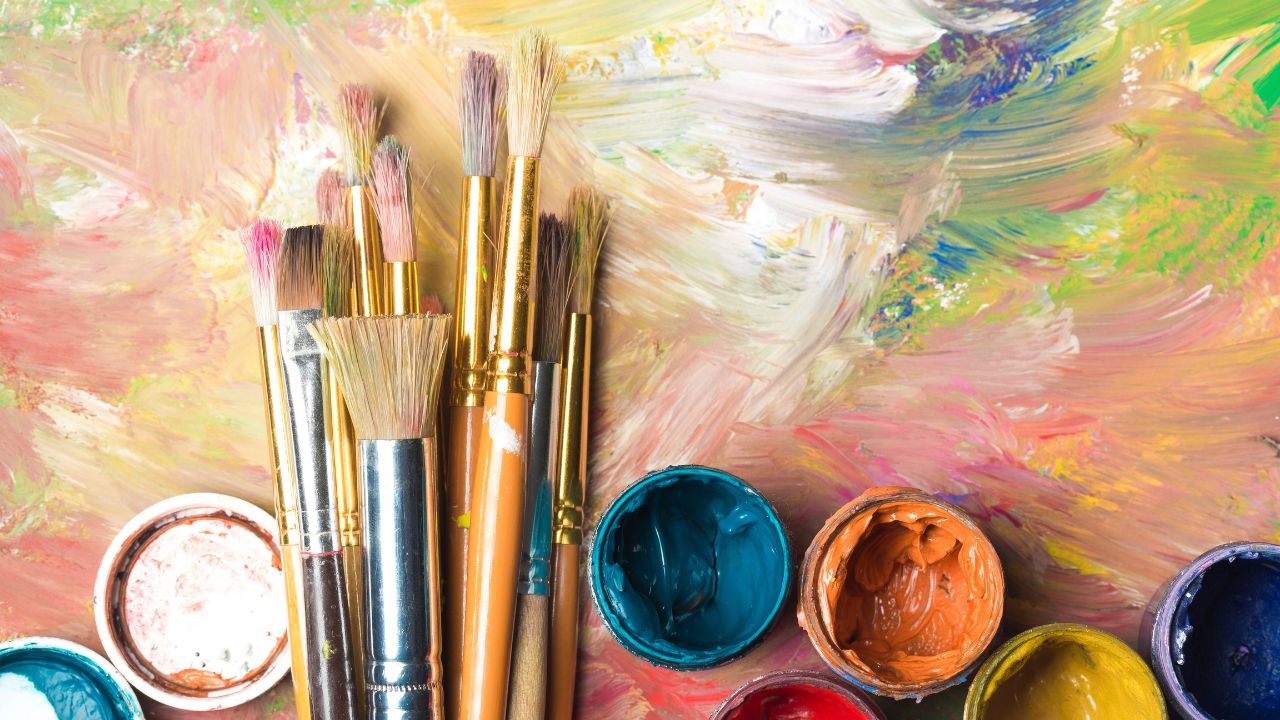





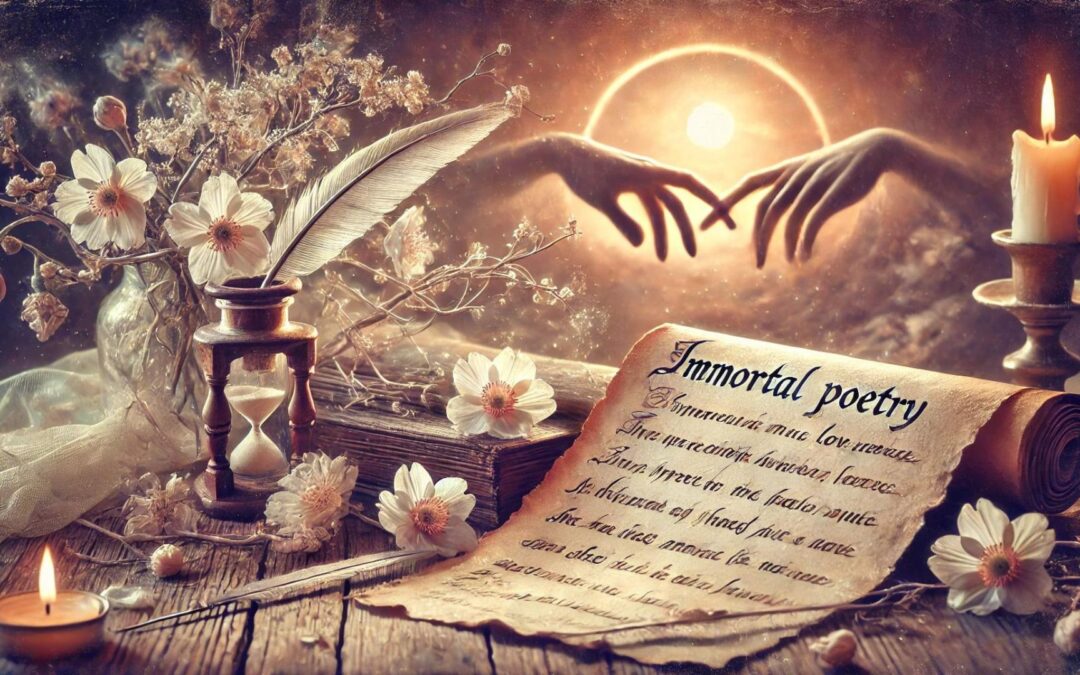
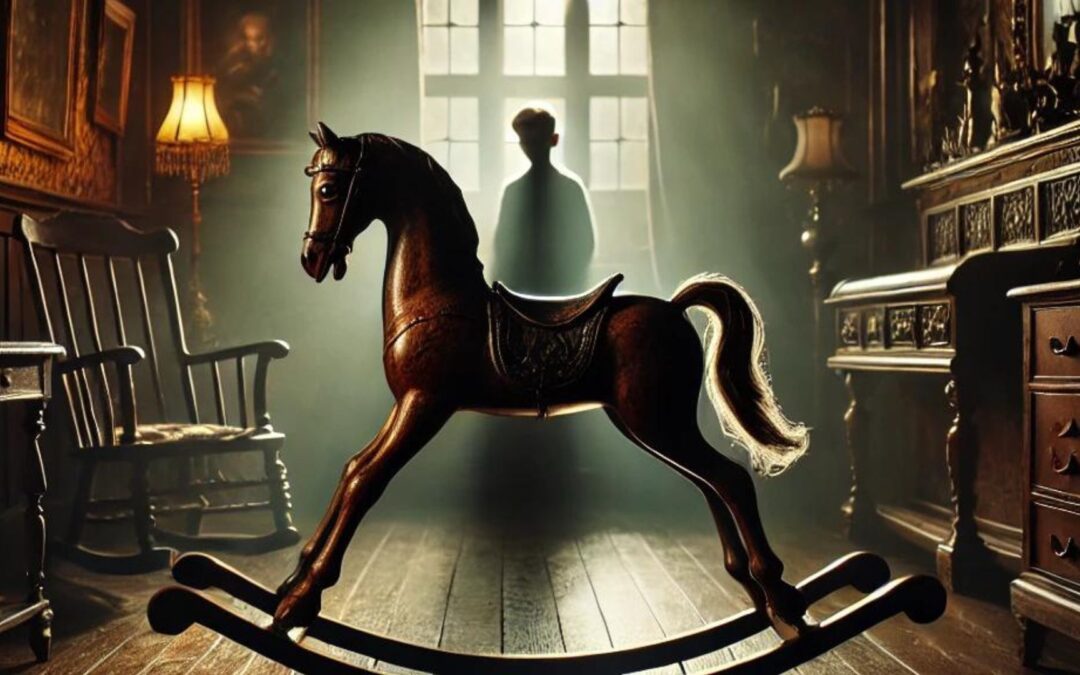
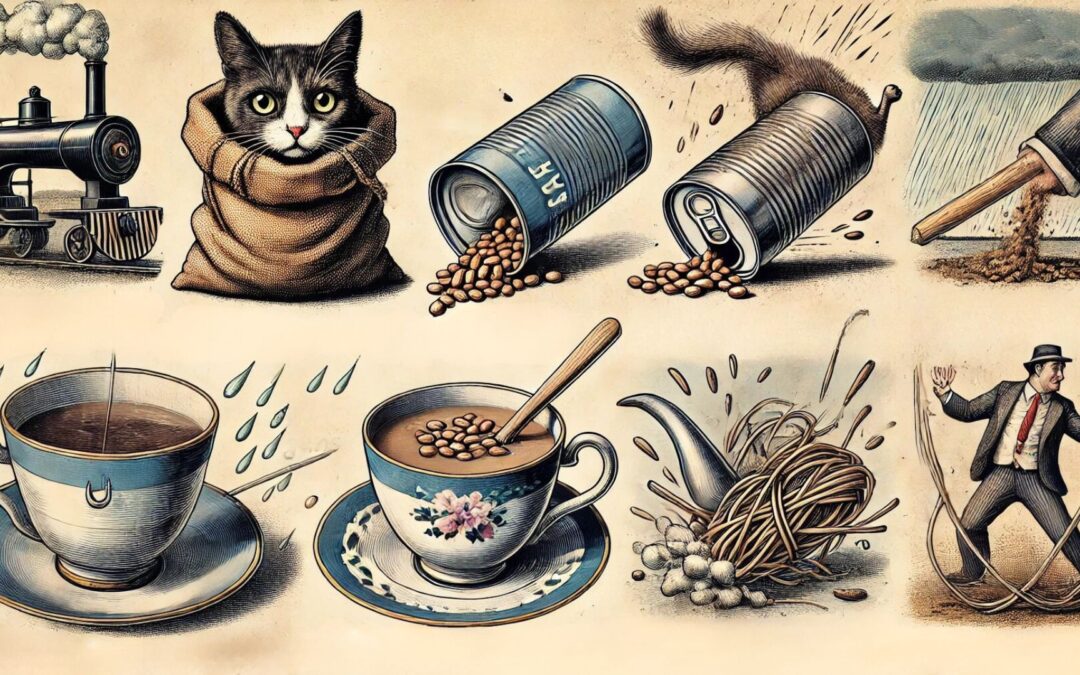

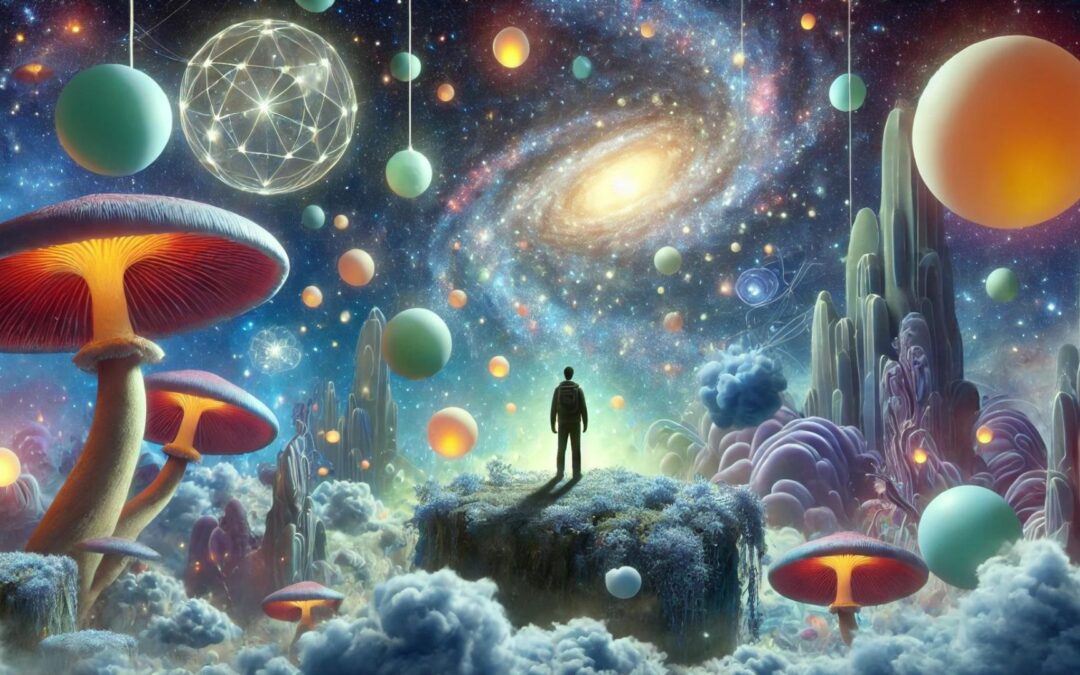

0 Comments